What is organic fertilizer products?
Carbon-containing materials, mainly from plants and/or animals, are applied to the soil to provide plant nutrition as its main function. Processed from biomass, animal and plant waste and plant residue, it eliminates toxic and harmful substances, and is rich in a large number of beneficial substances, including a variety of organic acids, peptides and rich nutrients including nitrogen, phosphorus and potassium. It not only provides comprehensive nutrition for crops, but also has long fertilizer efficiency. It can increase and renew soil organic matter, promote microbial reproduction, improve soil physical and chemical properties and biological activity. It is the main nutrient in green food production.
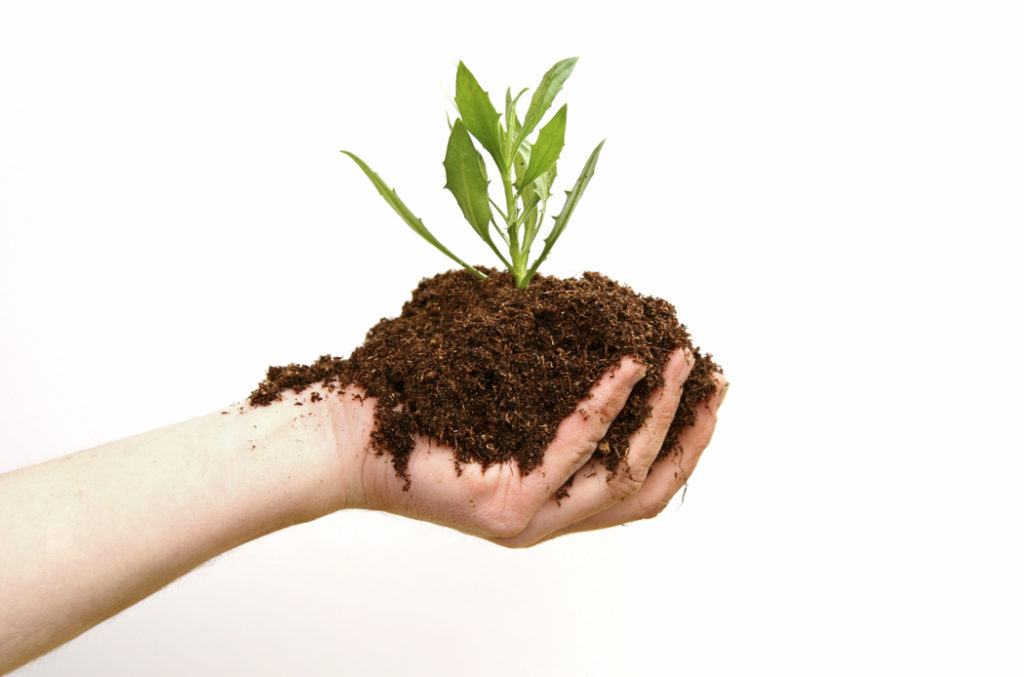
New Industrial Standards for Organic Fertilizers
History
In Roman times, farmers found that when they planted cereals in fields where legumes were grown, their yields increased. Therefore, they noticed that bacteria could enrich the nutrients in agricultural soils. Until the 19th century, alfalfa growers in Germany and some soybean growers in the United States used the soil of alfalfa or soybean fields to transfer inoculation to new farmlands, thus increasing crop yields.
In 1838, J.B. Boussingault, a French agricultural chemist, discovered that legumes fix nitrogen. The first agricultural test station was established in 1843, and the yield and components of various crop rotation systems were analyzed accurately.

From 1886 to 1888, H. Hellriegal, a German scientist, proved that leguminous plants could fix nitrogen in the atmosphere only by forming rhizobium.
In 1888, M. W. Beijerinck, a Dutch scholar, isolated rhizobium, which was a breakthrough in microbial fertilizer. It is now clear that it is the role of rhizobia. The discovery of these bacteria prompted the first American company, Natel, to produce and sell soil bacterial inoculants in 1898. Since then, many bacterial preparations have been used for seed dressing and coating of soil and crop seeds.
In the 1920s, some new microbial agents were used in field soils and crops, but their effects were not satisfactory.
In the 1940s, the United States Department of Agriculture issued a biopesticide license. So far, more than 20 different microbial products have been used for this purpose.
In 1937, Krasinikov and Missouskin, Soviet microbiologists, developed the Nitrogen Fixation Bacteria Agent. Thus, it pioneered the bacterial fertilizer. For various reasons, the large-scale production of this kind of microbial fertilizer has been stopped successively.
Around 1940, a bio-fertilizer, mainly cyanobacteria (algae), was developed for paddy fields in Asia. It still plays an important role in sustainable agriculture.
Recent poblems met in the industry
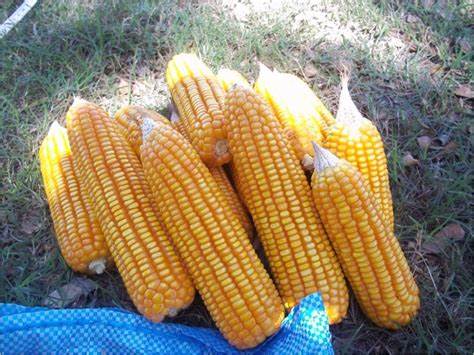
Regardless of the history of biofertilizers, microbial agents continue to advance. Since the 1980s, people have paid great attention to biological fertilizers for environment and crops. The reason is that these products can effectively solve some problems, especially pollution-free and environmental pollution. Therefore, it is very difficult to develop a kind of fertilizer with the function of eliminating environmental pollution.
Thetop 4 culties lie in:
(1) a microorganism has the function of providing plant nutrition (such as nitrogen-fixing genes), but not necessarily the ability to decompose pollution (that is, decompose substance genes). Gene transfer is very difficult and requires huge investment.
(2) There are many kinds of soil pollutants, more than 105 kinds of substances have polluted the environment. These pollutants differ in structure and chemical composition, so it is impossible to mix 105 microorganisms together to make preparations. Gene transfer is more difficult to achieve;
(3) The principles and strains of biopesticides and bio-herbicides are very different, and in principle they are one kind of fungus. So it can only be made into a single bacterium agent. And it takes a long time to play its role.
(4) Some microbial agents in bio-fertilizers are not typical soil microorganisms. When the microbial agents are applied to the soil, they are difficult to survive, and usually can only maintain shelf life for three months before use.
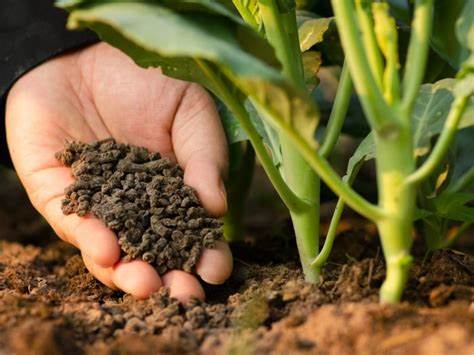
Definition
Farmhouse manure, commonly known as farm manure, consists of various animal, plant residues or metabolites, such as human and animal manure, straw, animal residues, slaughterhouse waste, etc.
In addition, it also includes cake fertilizer (rapeseed cake, cottonseed cake, bean cake, sesame cake, castor cake, tea seed cake, etc.); composting; fertilizer retting; stables manure; biogas manure; green manure, etc.
It is mainly by supplying organic matter to improve soil physical and chemical properties and promote plant growth and soil ecosystem cycle.
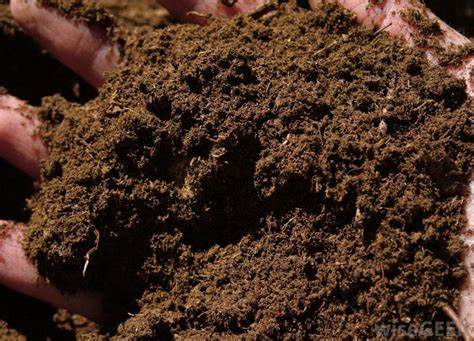
Part of “Organic Fertilizer in Broad Sense” Varieties:
Composting: A kind of fertilizer made from various kinds of orange stalks, deciduous leaves, grass, animal and plant residues, human and animal manure, which are mixed in proportion with each other or mixed with a small amount of soil for aerobic fermentation and decomposition.
Fertilizer: Fertilizer is produced by fermentation under submerged conditions, using the same raw materials as compost.
Barnyard manure: fertilizer made from pig and cattle, horses, sheep, chickens, ducks and other livestock and poultry waste and straw padding.
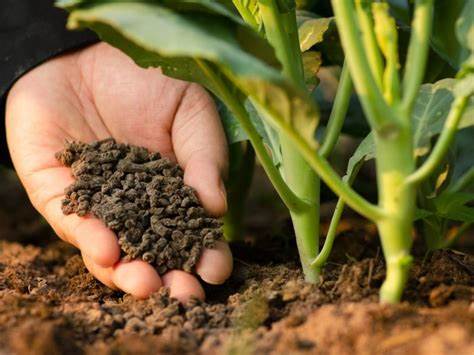
Biogas Fertilizer: In sealed biogas digesters, organic matter decomposes to produce by-products of biogas, including biogas liquor and residue.
Green manure: The use of cultivated or wild green plants as fertilizers. Such as mung beans, broad beans, sweet clover, sesbania, alfalfa, vetch and so on. Non-leguminous green manure includes ryegrass, fertile radish, sunflower, Manjiang red, water hyacinth, water peanut and so on.
Crop straw: Crop straw is one of the important fertilizer varieties. Crop straw contains N, P, K, Ca, s and other nutrients necessary for crops.
Under suitable conditions, these elements are mineralized and then returned to the soil through the action of soil microorganisms, so that they can be absorbed and utilized by crops.

